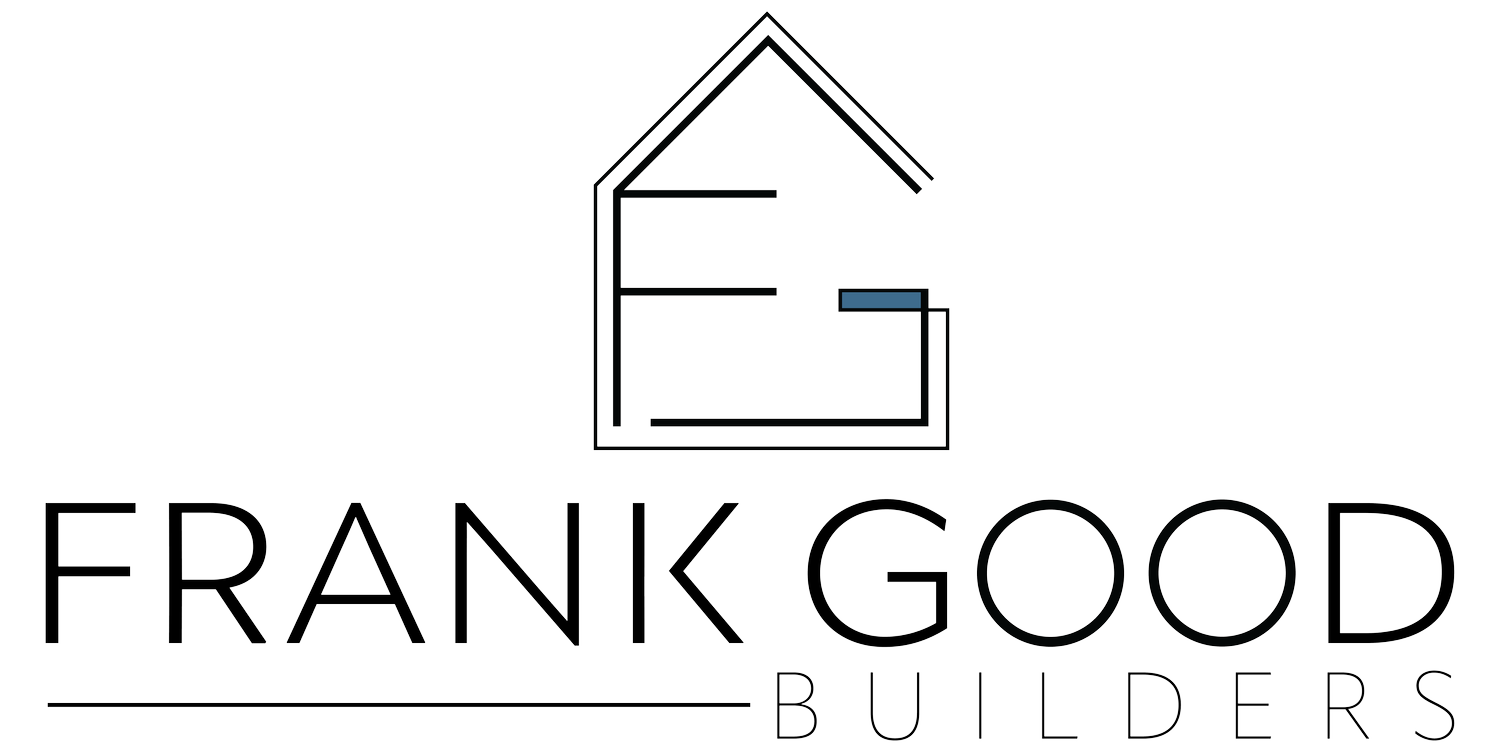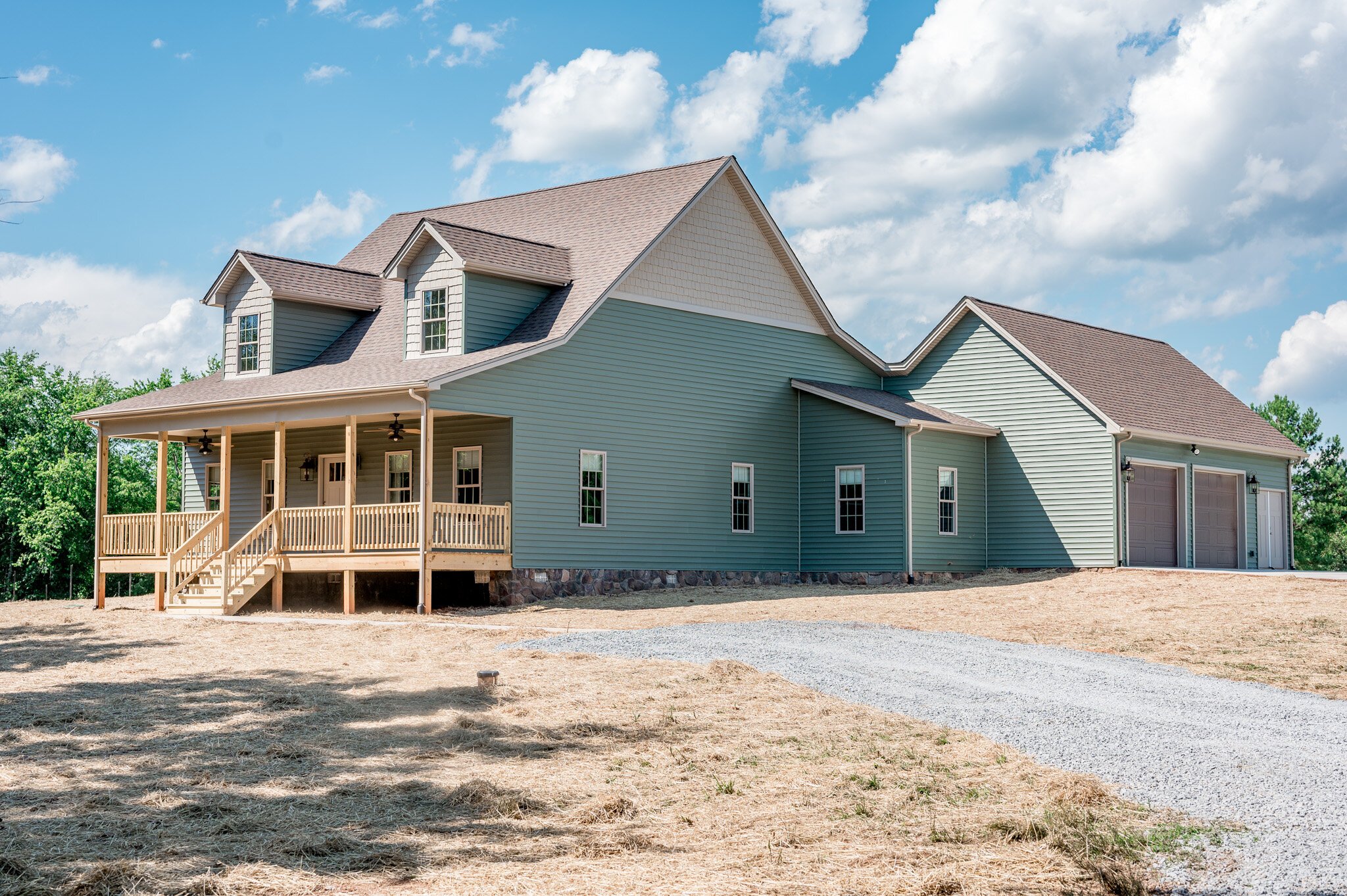Navigating the Construction Timeline of Your Custom Home
Building your dream home is an exciting and fulfilling endeavor, but it's also a journey that requires careful planning and patience. One of the critical aspects of this journey is understanding the construction timeline for your custom home. How long will it take from the initial design sketches to the moment you step into your new residence? What factors can influence the timeline, and how can you ensure that your project stays on schedule? In this article, we will take you through the various phases of building a custom home, explore the factors that can impact the construction timeline, and provide you with valuable insights and expert advice on how to make your dream home a reality within the expected timeframe.
Typical Duration
When embarking on the journey of building your custom home, it's essential to have a realistic expectation of the construction timeline. At Frank Good Builders, we understand the importance of this timeline in our clients' lives. We strive to deliver on our commitment, aiming to complete the majority of the homes we build within the timeframe of 6 to 9 months.
The duration of custom home construction can vary significantly based on several factors. Here, we provide an overview of the typical phases of building a custom home and how long each phase might take:
1. Design and Planning
The initial design and planning phase is where your dream home takes shape on paper. This phase can last anywhere from a few weeks to a few months, depending on the complexity of your design, your decision-making process, and the time it takes to obtain necessary permits.
2. Pre-Construction Preparations
Before breaking ground, there are pre-construction preparations, including site clearing and excavation, which may take a few weeks.
3. Foundation and Framing
Constructing the foundation and framing the structure are among the most critical phases of custom home building. Depending on the size and complexity of your home, this phase can take 1 to 2 months.
4. Plumbing, Electrical, and HVAC
Installing the plumbing, electrical, and heating, ventilation, and air conditioning (HVAC) systems typically takes 1 to 2 months, ensuring your home is equipped with essential utilities.
5. Interior and Exterior Finishes
This phase involves interior and exterior finishes, including insulation, drywall, flooring, roofing, and painting. It can take another 2 to 4 months, depending on your design choices and the availability of materials.
6. Fixtures, Appliances, and Final Touches
Installing fixtures, appliances, and adding final touches to your custom home can take 1 to 2 months, bringing your vision to life.
7. Inspections and Quality Assurance
After construction is complete, inspections and quality assurance checks ensure that everything meets the highest standards and complies with local building codes.
It's important to note that while this provides a general idea of the timeline, the actual duration of each phase can vary based on the size and scope of your custom home. Factors such as weather conditions, availability of materials, and any design changes or modifications can also influence the timeline. Therefore, it's crucial to work closely with your custom home builder to establish a realistic schedule for your specific project.
Factors Affecting the Timeline
While the typical duration of building a custom home provides a general guideline, several factors can influence the construction timeline. Understanding these factors can help you manage expectations and plan effectively. Let's explore some of the key factors that can affect the timeline of your custom home project:
1. Size and Complexity of the Project
The size and complexity of your custom home have a significant impact on how long it will take to build. Larger homes or those with intricate designs, unique features, or customizations may require more time to complete.
2. Weather and Seasonal Considerations
Weather conditions play a crucial role in construction timelines. Adverse weather, such as heavy rain, snow, or extreme heat, can lead to delays. It's essential to consider the climate of your location and how it may affect construction schedules.
3. Availability of Construction Materials
The availability of construction materials can fluctuate, and shortages or delays in the delivery of materials can extend the construction timeline. Builders often need to coordinate with suppliers to ensure timely deliveries.
4. Design Changes or Modifications
Making design changes or modifications after construction has begun can add time to the project. It's essential to finalize your design and plans before construction starts to avoid unnecessary delays.
5. Permitting and Regulatory Approvals
Obtaining necessary permits and regulatory approvals can sometimes be a time-consuming process. Delays in this phase can affect the overall construction timeline.
6. Site Conditions
The condition of the building site can impact construction timelines. For instance, if the site requires extensive preparation, such as land grading or clearing, it may take longer to start the actual construction.
7. Subcontractor Availability
Custom home construction often involves multiple subcontractors, such as plumbers, electricians, and HVAC technicians. Their availability and scheduling can influence the project's timeline.
8. Unexpected Challenges
Unforeseen issues, such as underground utility surprises or unexpected site conditions, can lead to unexpected delays. Builders must address these challenges as they arise.
9. Client Decision-Making
The pace at which homeowners make decisions about finishes, fixtures, and design choices can affect the timeline. Timely and informed decisions can help keep the project on track.
While these factors can influence the construction timeline, it's important to work closely with your custom home builder to mitigate potential delays and plan for contingencies. Effective project management and communication are key to ensuring that your custom home project stays on schedule, as we will discuss in the following section.
Staying on Schedule
Managing and adhering to the construction schedule of your custom home is crucial to ensure that your dream home becomes a reality within the expected timeframe. Here are some valuable tips and strategies for homeowners to help keep their custom home project on schedule:
1. Effective Project Management
Collaborate closely with your custom home builder to establish a clear project management plan. Regularly review the construction schedule and milestones, and ensure that everyone involved understands their roles and responsibilities.
2. Frequent Site Visits
Visiting the construction site regularly allows you to monitor progress and identify any potential issues early on. This proactive approach can help prevent delays and address concerns promptly.
3. Timely Decision-Making
Make design and material decisions promptly to prevent bottlenecks in the construction process. Delays in decision-making can lead to stalled progress and added costs.
4. Open Communication
Maintain open and transparent communication with your custom home builder. Discuss any concerns or questions promptly, and be receptive to their guidance and recommendations.
5. Contingency Planning
It's wise to have a contingency plan in place for unexpected challenges or delays. Work with your builder to identify potential risks and develop strategies to mitigate them.
6. Flexibility
While it's essential to have a schedule, some flexibility may be necessary. Weather-related delays or unforeseen issues can occur, so it's crucial to adapt as needed while still working towards the overall timeline.
7. Trust Your Builder
Choose a reputable and experienced custom home builder who has a track record of delivering projects on time. Trusting your builder's expertise can go a long way in keeping your project on schedule.
By implementing these strategies and maintaining a collaborative relationship with your custom home builder, you can increase the likelihood of your project staying on schedule. While challenges may arise, proactive planning and effective communication are key to achieving your dream home within the expected timeframe.
Navigating the construction timeline of your custom home is a journey filled with excitement, challenges, and the promise of turning your dream into reality. While every project is unique, understanding the typical phases of construction, the factors that can influence the timeline, and strategies for staying on schedule empowers you to make informed decisions and ensure a smooth building process. Whether your project takes 6 months or 9 months, the end result—a custom home that perfectly aligns with your vision—is well worth the effort and patience.
At Frank Good Builders, we specialize in bringing your custom home dreams to life. If you're considering building a custom home or have questions about the construction timeline, we invite you to reach out to our experienced team. We're here to provide expert guidance, answer your inquiries, and help you embark on the exciting journey of building your dream home. Contact us today to get started on your path to homeownership, tailored to your unique preferences and needs.
Your dream home is closer than you think. Let's make it a reality together.




